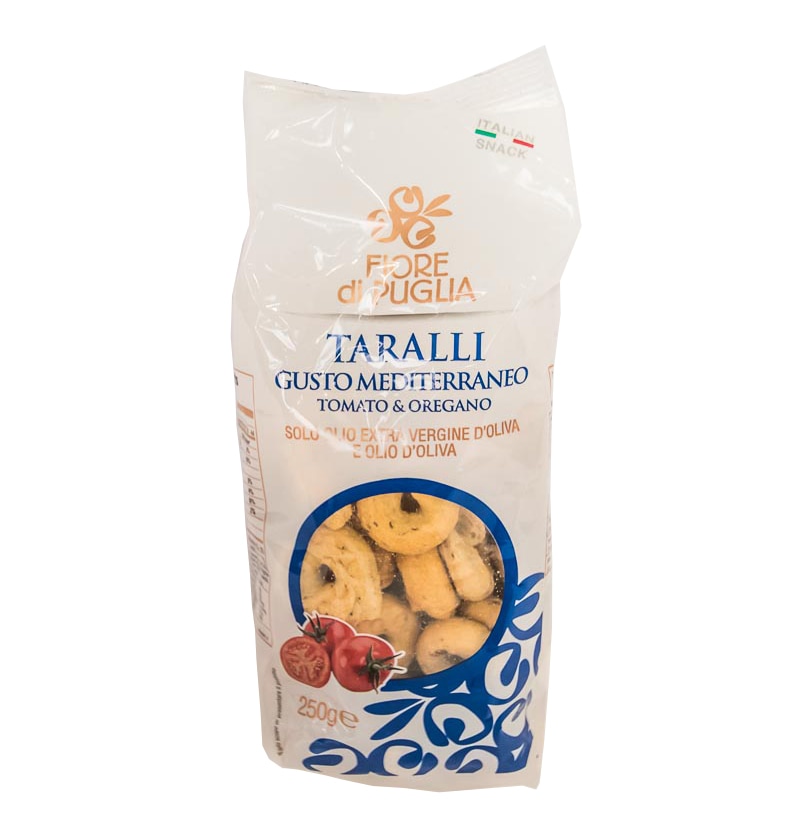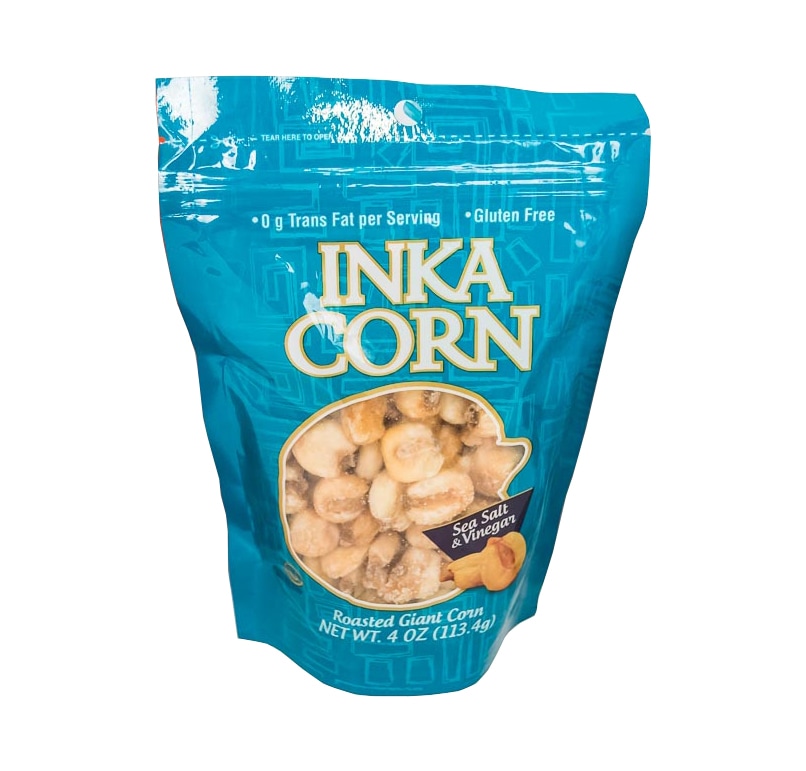
Discoveries at the Jungle Snack Month: Fiore di Puglia Taralli and Inka Corn Snacks
Back to feed- Posted: 3/11/2017
- Categories: Discoveries at the Jungle
Fiore di Puglia Taralli – Italy
|
Fiore di Puglia has been around since the 1950s and specialize in Taralli, which is a typical snack from the South of Italy. Made strictly following the traditional production method passed down from generations, the boiling process gives crunchiness to the products and makes them tasty and easy to digest. Perfect for snacks, salads, soups or with a glass of wine. You could call these Italy’s version of the potato chip. |
Did you know: The estimated annual pasta consumption is Italy is 30 kilos or 70 pounds per person!
|
Inka Crops, is a Peruvian company founded in 1998 that specializes in the production and marketing of gourmet snacks. They offer a wide variety of natural products made from raw materials of the highest quality from the rich valleys of Perú. Their Corn Snacks are flavored dried corn nuts that are light, crunchy and delicious! |
Did you know: Peru is a country that holds not just a variety of ethnic mixes since times ranging from the Inca Empire, the Viceroyalty and the Republic, but also a climatic variety of 28 individual climates. The mixing of cultures and the variety of climates differ from city to city, so geography, climate, culture and ethnic mix determine the variety of local cuisine.
Calbee Shrimp Snacks and Jack’N Jill Roller Coasters
Good Good Eats Ramen Crackers and SaMai Plantain Chips
Tyrrell’s English Chips and Tayto Chips
Lorenz Curly Peanut Classic and Deep Original Hot Mix





